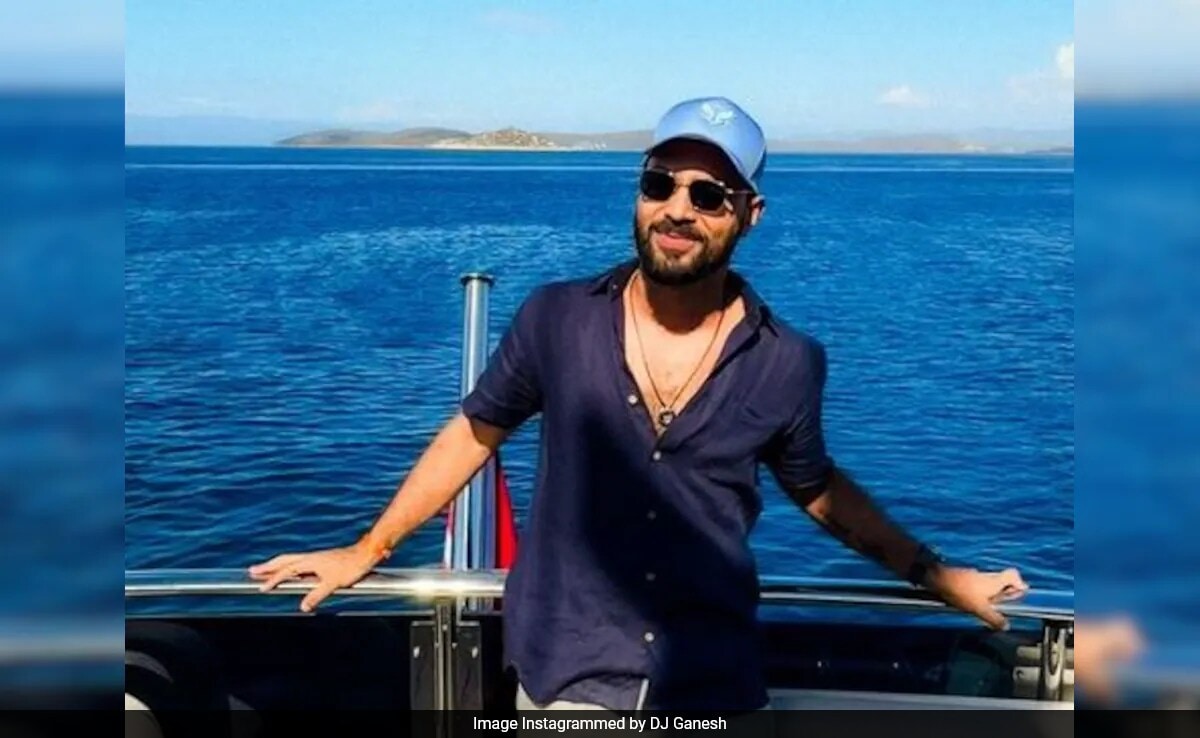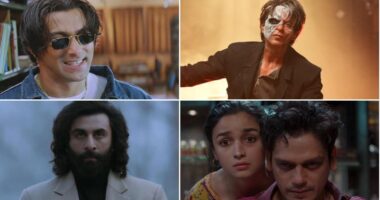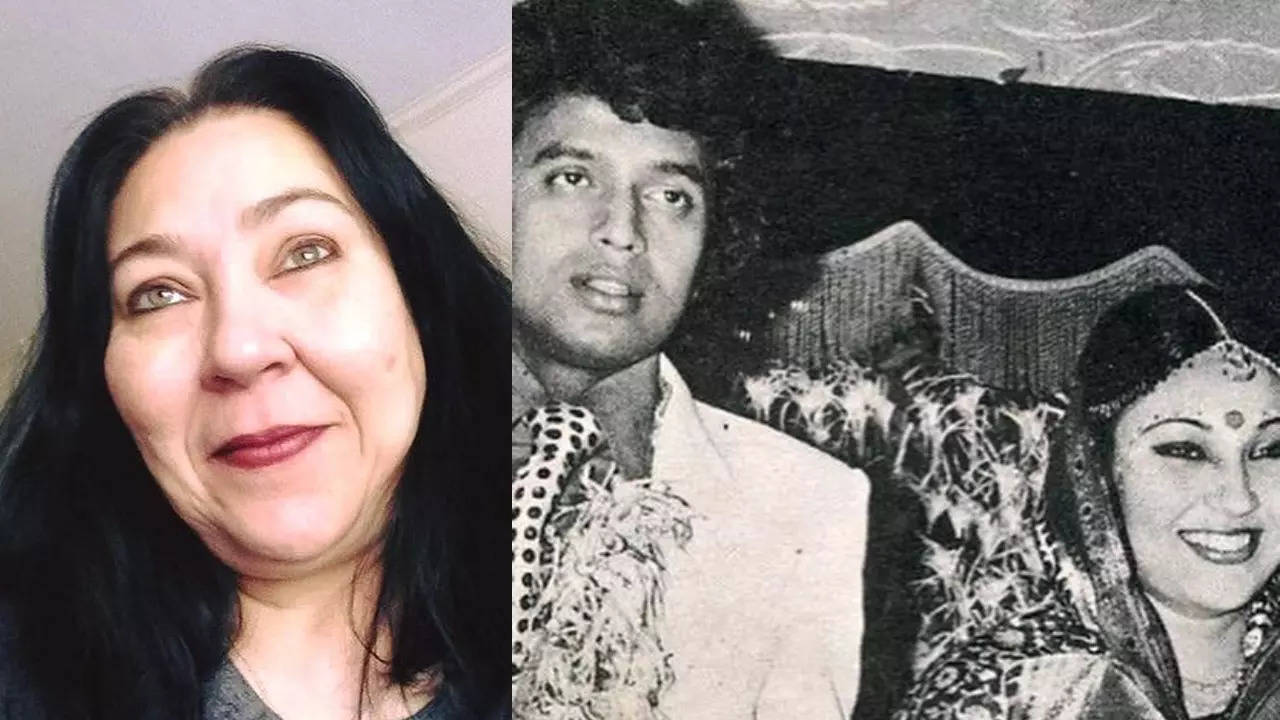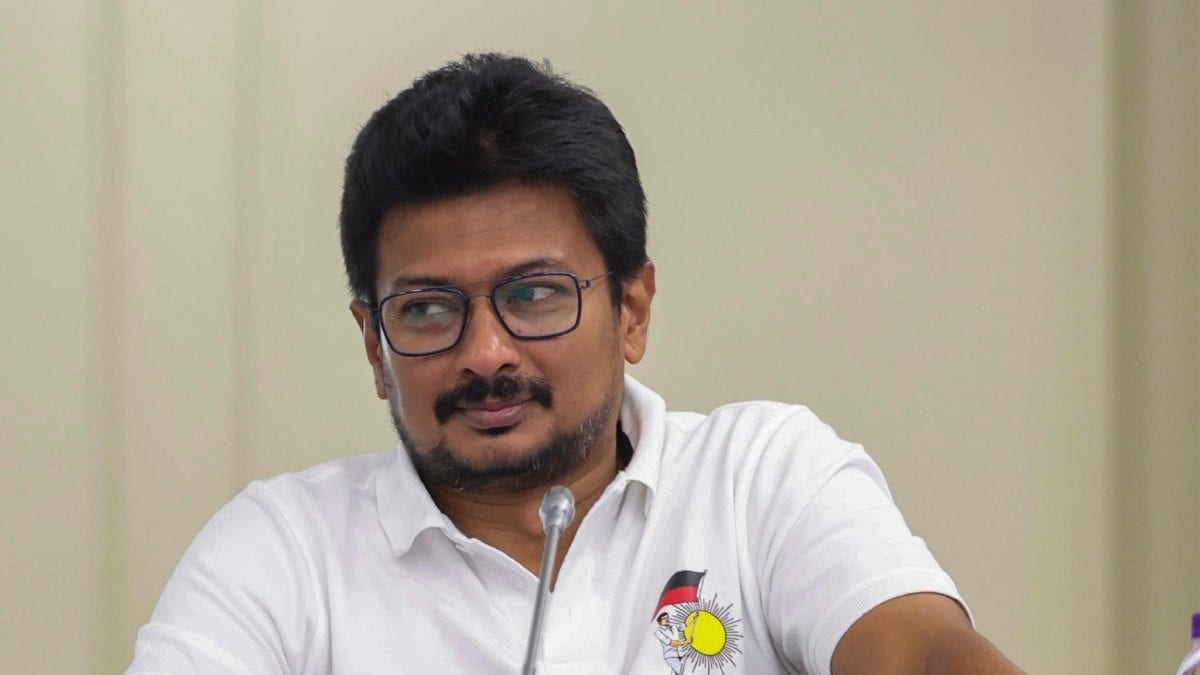When director Khalid Rahman’s Unda (Bullet) came out five years ago, on June 14, many pointed to its similarities with Amit V Masurkar’s Newton (2017). Indeed, both films share quite a few resemblances. From their setting in a village located in the jungles of Chhattisgarh, said to be afflicted by left-wing extremism (LWE), and the stories unfolding against the backdrop of an election, to shedding light on the difficulties of running a polling station in such an area, the apathy of the officials towards the locals, and the unlawful branding and detention of Adivasis as Maoists, both films touch upon relevant subjects sensitively. However, Unda sets itself apart from Newton in its more explicit addressing of caste and the associated discrimination. While Newton subtly addresses casteism, depicting the officials’ disregard for Adivasi lives, and emphasises the protagonist’s Dalit identity through imageries, such as displaying Babasaheb Ambedkar’s portrait in Newton Kumar’s (Rajkummar Rao) bedroom, Unda is more vocal and shows that caste plays a key role in almost all social dynamics. While Newton was a bold experiment in this regard from Bollywood, Unda also made a significant impact in Kerala for these reasons and more. As the film, starring Mammootty in the lead role, turns five today, it is worth revisiting this work which many, including myself, consider one of the landmark films to have come out in Malayalam in the last decade. Unda was released at a time when Mammootty was yet to become more selective with his film choices, as he is today, and following a series of poorly received films. Since Salim Ahamed’s Pathemari (2015), he hadn’t had a single noteworthy project or commendable performance. His repertoire during that period included some subpar films like Puthiya Niyamam, Kasaba, White, Thoppil Joppan, Pullikkaran Staraa, Masterpiece, Street Lights, Parole, Abrahaminte Santhathikal, and Oru Kuttanadan Blog. Starting the year with the mindless “mass entertainer” Madhura Raja, which surprisingly became a superhit, many believed he had given up on honing his craft. However, as usual, the megastar changed perceptions. His intro shot in Unda underscores that Mammootty’s cop role here deviates significantly from his previous ones. Unlike his earlier short-tempered, hypermasculine police characters who entered the scene with a bang, SI Manikandan, aka Mani, makes his appearance with ease, sporting a smile after successfully thwarting a pickpocket attempt without even moving a muscle. Much like the Babasaheb portrait in Newton’s room, a photo of Mahatma Ayyankali, one of Kerala’s most powerful Dalit leaders and social reformers, is shown on the wall of Mani’s house when he phones his wife Lalitha (Easwari Rao), underscoring his Dalit identity. For Malayalam cinema, which has long celebrated savarna men and Hindu elitism — with Mammootty himself playing many such roles — this was a significant moment, almost like coming full circle. One of the film’s greatest strengths is the layered characterisation of nearly all members of the Kerala police unit, sent to a Maoist-affected area in Bastar, Chhattisgarh, for poll duty. Instead of immediately diving into the story’s core, Khalid and screenwriter Harshad take their time to lay the groundwork. Through limited shots and sharp writing, they introduce as many characters as possible, creating a well-crafted first act. At the same time, the film also avoids adopting a patronising style when depicting the local Adivasis or using them for mere sentimentalism. Instead, Unda treats them with respect while also highlighting their daily hardships. In a powerful scene, the film addresses Malayalees’ disregard for water, coming from a landscape with an abundance of rivers. When the police temporarily exhaust the water in the nearby public tap for their showers, the local women are forced to leave with empty pots, lacking water for their needs. Despite this, the cops are portrayed as unapologetic, underscoring how privilege works. Watch Unda trailer here: Unda also reveals the prejudices held by those within the system towards Adivasis through the police characters. During a route march, upon reaching a tribal hamlet, one cop asks another if the locals are all Maoists. The latter replies, “Can’t say. They might not be like this (innocent) during the night.” Simultaneously, the film also exposes how poorly trained Kerala cops are, exemplified by the scene where they panic and scatter in the jungle upon sensing a nearby Maoist presence, failing to swing into action or stay together as a team. Another instance is when HDR Jojo (Shine Tom Chacko), towards the end, struggles to use his rifle, missing seven out of eight shots. Unda also highlights the deep-seated caste discrimination within the police force. Most of constable Biju Kumar’s (Lukman) colleagues, including those of the same rank, treat him, a tribal man, as an outsider and potential Maoist sympathiser. They bully him and shame him for his identity, displaying a strong sense of casteism. While most of his teammates treat him poorly, Mani is the only one who meets him at eye level despite being his superior. In a blink-and-miss moment, when Biju volunteers to pick up Mani’s food packet containing waste after he has eaten, Mani promptly refuses and disposes of it himself. Though the film doesn’t overtly emphasise this moment, it’s such subtle visuals that make Unda a spectacular movie with a soul. From Mani apologising to the unit for his “inability” to act at a crucial moment and his cautious behaviour while on a call with his wife, ensuring their safety, to his refusal to resort to high-octane action despite being pushed to the ground by corrupt politicians, Unda denies Mammootty every opportunity to showcase his stardom and instead fully leverages his exceptional ability as an actor, which he executes brilliantly. And who can forget the goosebumps-inducing dialogue by Mani, “Undayum illa oru an**yum illa. Namakku nammal maathre ollu, vaada! (No bullets, nor di**s. We only have ourselves, come on!),” asserting the need for teamwork in this situation. Unlike Newton, where the local Adivasis appear only during the polling to advance the core plot, Unda allows the tribals in its narrative to have their own identity and space to share their experiences. “Everyone wants us to go away from here. Everyone wants to chase us away from our own land. Where will we go? 15 years back, there were around 2 lakh people here. Now there are hardly 10,000 people remaining. Where did they go? I don’t know,” says Kunalchand (Omkar Das Manikpuri), a local resident. In such moments, Biju and Mani are the only ones who empathise with him and the other tribals, demonstrating their understanding and compassion towards the otherised. It is such moments that are missing in Newton, the presence of which would have made it even more honest. In its prologue, Newton states, “The mineral-rich jungles of Chhattisgarh in Central India serve as a base for communist guerrillas, popularly known as Maoists or Naxals. Their aim is to topple the government through an armed revolution. This war has been raging for more than three decades.” While the film’s intentions may be noble, this text cannot be considered completely innocent as these words directly imply that the conflict is solely between the government and the Maoists/Naxals, ongoing because the latter seeks to overthrow the former. This narrative overlooks the systemic oppression of tribals which sometimes forces them to ally with the Leftists, the labelling of Adivasis as Maoists, and their marginalisation by authorities, aligning instead with the government and those in power, absolving them of any responsibility. In contrast, Unda avoids this simplistic and convenient narrative and instead focuses on the hardships faced by the people too, revealing that not everyone branded as Maoists is actually involved or supportive. With well-crafted dialogues and compelling characterisations, along with Sajith Purushan’s exceptional cinematography that avoids typical colour patterns seen in similar films, Nishadh Yusuf’s skilful editing, Prashant Pillai’s remarkable music, and Sabu Mohan’s outstanding art direction, Khalid Rahman undoubtedly created a benchmark movie.
Subscribe
Login
0 Comments





